In the world of job postings and lengthy hiring processes, employers often aim to find the “perfect” candidate who ticks all the boxes on their list of requirements. However, it’s time to challenge this conventional thinking and consider two important questions:
First, would candidates apply to this ad because they can do 80% of the job? Would they apply because they meet all the requirements or most of the requirements?
These questions open the discussion to a more inclusive and effective hiring process that not only helps employers find great talent but also aligns candidates with companies that share their values and culture.
The 80% Rule: Breaking Down Barriers
The traditional approach to job postings often involves creating a list of qualifications, experience, and skills that the ideal candidate should possess. While it’s natural to aim for the best, this approach can unintentionally discourage potentially great candidates from applying.
Here’s why the 80% rule can make a difference:
- Encouraging a Diverse Talent Pool
When employers prioritize applicants who meet most of the job requirements rather than all of them, they capture a wider pool of talent. This encourages candidates from diverse backgrounds and experiences to apply. Remember, skills and abilities can be developed in various ways, and a candidate with 80% of the skills might bring fresh perspectives and innovation to your team.
- Finding Candidates Who Share Your Values
Skills and qualifications are vital, but they’re not the only factors that determine a successful hire. Shared values and alignment with a company’s mission can be equally important. Candidates who are drawn to your organization because they connect with its culture are more likely to thrive and contribute positively.
- Fostering Growth and Development
Candidates who are open to positions where they meet most of the requirements but not all are often driven to learn and grow. They see the job as an opportunity to expand their skill set, take on new challenges, and contribute meaningfully to your organization. Why not offer the remaining 20% of the requirements as part of the professional development to the new hirer?
Embrace the Change
So, how can employers put the 80% rule into practice? It starts with re-evaluating your job postings and being more mindful of your requirements. Instead of a mandatory requirement list, focus on the core skills and qualifications necessary for success in the role.
What to keep at the top of your mind when writing your next job ad? Emphasize the essential skills and qualifications required for the job rather than specific degrees or certifications. It will allow a broader range of candidates with various backgrounds to apply. Here are some examples to illustrate this approach:
Unbiased Qualifications and Requirements:
Avoid including unnecessary criteria that may exclude potential candidates.
Example: Instead of requiring “5 years of experience,” you can say, “Several years of relevant experience.”
Gender-Neutral Pronouns:
Traditional pronouns like “he” and “she” can be exclusionary. Use gender-neutral pronouns such as “they/them” when referring to candidates in your job ads.
Avoid: “The ideal candidate will have his/her qualifications…”
Use: “The ideal candidate will have their qualifications…”
This small change makes a significant impact by ensuring that individuals of all gender identities feel respected and included.
Marketing Manager Position:
Traditional approach: “Master’s degree in Marketing or MBA preferred.”
Inclusive approach: “Proven track record of developing and executing successful marketing campaigns. Strong analytical and leadership skills required.”
This approach allows candidates with a variety of educational backgrounds and experiences in the marketing field to apply. It recognizes that expertise can be gained through hands-on experience, certifications, or other forms of continuous learning.
Graphic Designer Role:
Traditional approach: “Bachelor’s degree in Graphic Design or a related field is mandatory.”
Inclusive approach: “Proficiency in Adobe Creative Suite, a strong portfolio showcasing design projects, and creativity in visual storytelling are essential qualifications.”
This approach allows talented designers who may not have pursued formal education in graphic design but have developed their skills through practical work to be considered for the role.
What’s next?
When interviewing candidates, focus on their passion for the role, their ability to adapt, and how well they align with our company’s values and culture. If they’re excited about the position and can adapt to new challenges, they can bring something special to your team! The next time you’re writing a job ad, consider whether the 80% rule could be your ticket to discovering the perfect candidate for your team.


